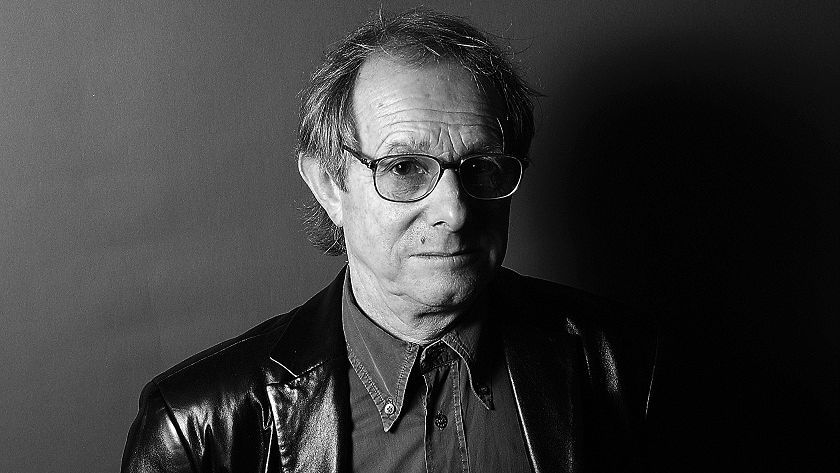For someone who started his directing career at the age of four, with an 8 mm movie camera, making movies is more than an artistic practice or a profession. When acclaimed Hollywood filmmaker Ron Howard opens up about his life with visuals in this tete-a-tete, one can feel the impact of movies on a soul so dedicated to making motion pictures. After his childhood cinematic adventures with his beloved 8 mm camera, Ron Howard started his career as an actor in situational comedy series for American Television. He starred in some of the most popular television shows at the time and then shifted the gears with his directorial debut Grand Theft Auto in 1977.
In his long career, Ron Howard made his mark on a variety of genres with his movies like A Beautiful Mind (biopic), Splash and Cocoon (fantasy), Parenthood (comedy), The Missing (western), and Apollo 13 (adventure). There are very few directors in Hollywood, who can match him in acquiring critical praise and commercial success at the same time. The recurring theme in his movies is the struggling individual and an out of reach achievement or prize. Like his characters, Ron Howard is known for searching new challenges.
Christopher Nolan & A Linear Conversation About The Secret Lessons of “Following”
In this intimate conversation, Ron answers some of the key questions on filmmaking. In the light of his long and celebrated acting career, he starts by recommending an acting course for wannabe directors, cinematographers and editors, as it would help them to become more effective storytellers. When asked about his switching between genre, he calls it great fun to go on from genre to genre with each movie.
Ron Howard picks the taste of judgment as the most crucial factor for a filmmaker. The taste is largely an instinctive thing and enables the director to explore all the details and possibilities of story in hand. The same taste in judgment decides how to put together the visuals canned in order to make an impact on the viewer. According to Ron, how you get there is not important as a filmmaker can start his journey with a small crew or large crew.
Once the sequences you particularly like are collected and put together, Ron asked young filmmakers to watch them over and over with sound, and then again without sound. When we watch the footage without sound, a person can realize how the images are captured and put together by the filmmaker and the impact they make on the viewer. Patterns like recurring shots, coming back and forth between them, camera angles, movements, and other techniques, surface all of a sudden and the language devised by the filmmaker reveals itself.
The Sugar Cube And The Coffee, A Lesson In 5 seconds By Krzysztof Kieslowski
According to Ron, breaking the sequence of shots we love and look closely into them, enable us to get rid of the mystery surrounding filmmaking and we start to see things in a new light. Since anyone can shoot anything, how you put them together and create a meaning or an impact for the viewer is the crucial thing about a filmmaker. No wonder Ron goes in search of a new realm for his new picture every time and like listeners, the viewers never get bored of him.
Written By: Ragesh Dipu




